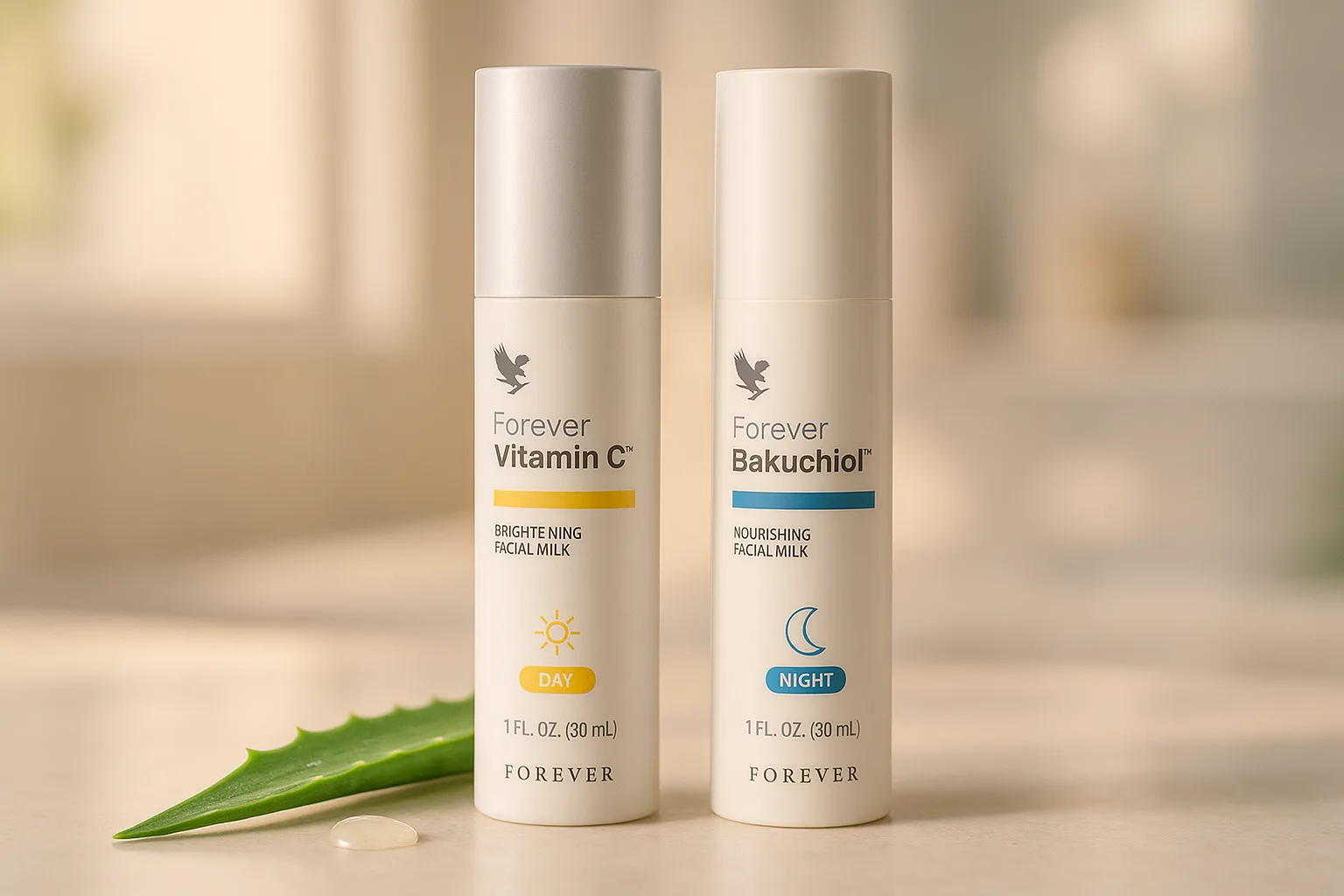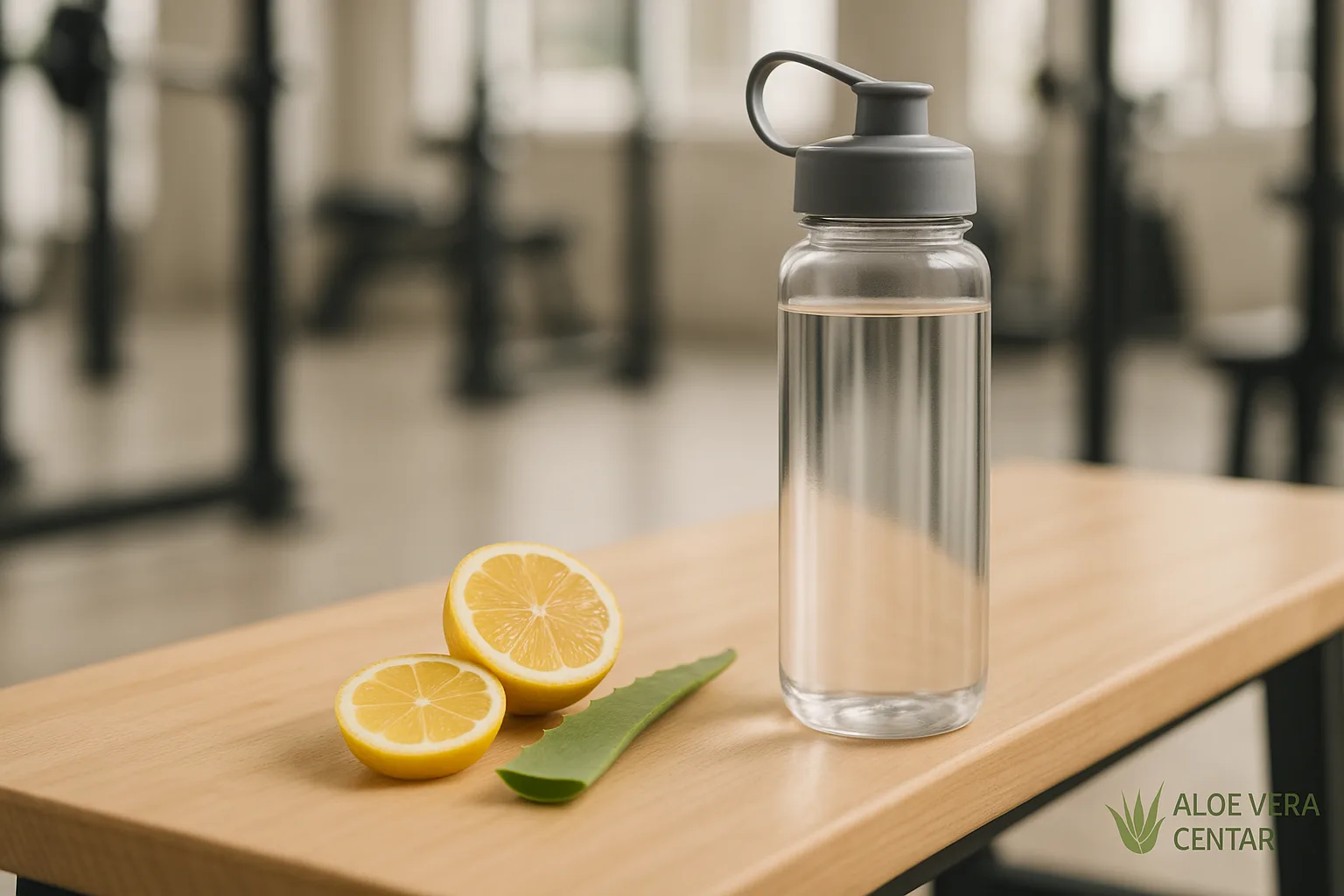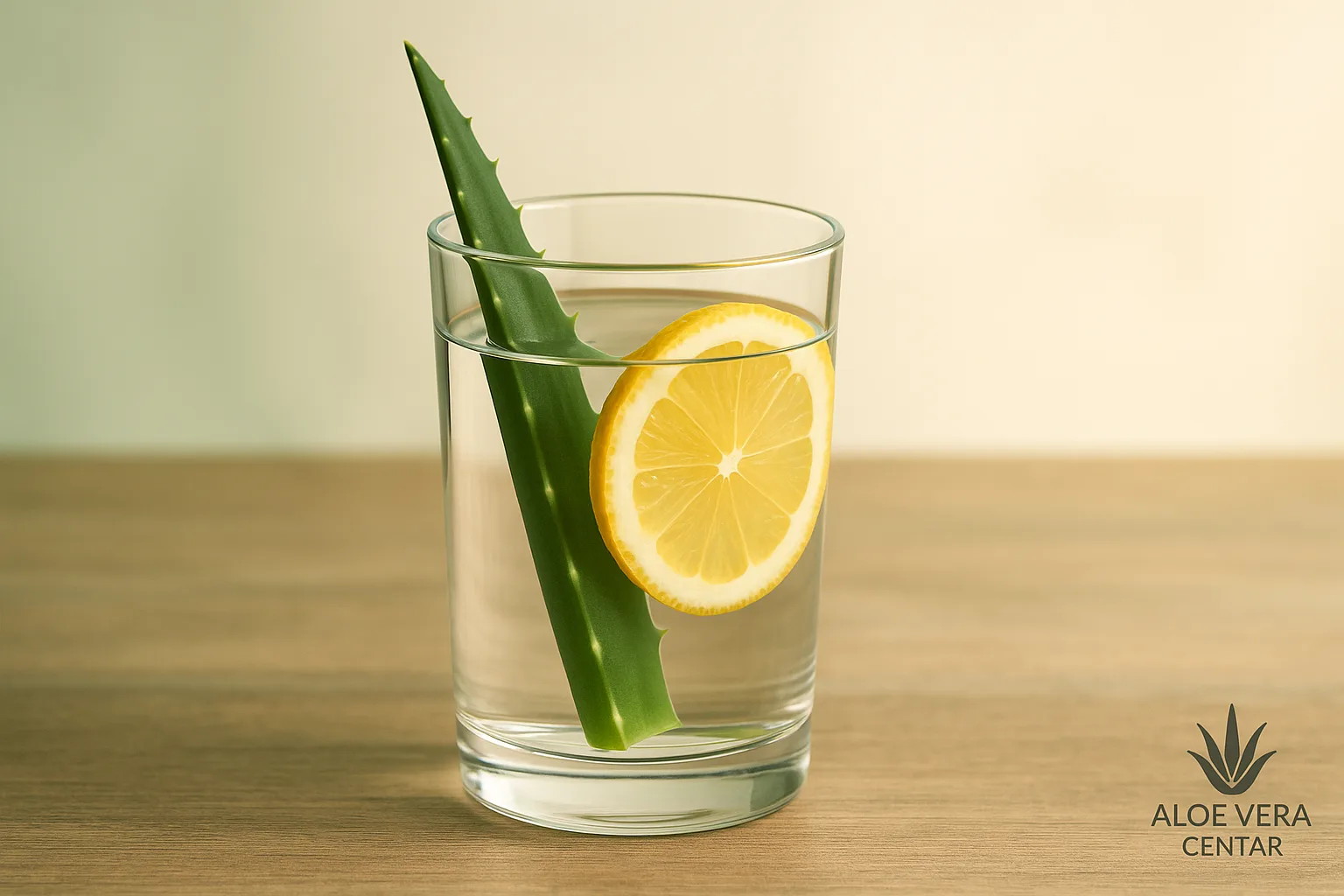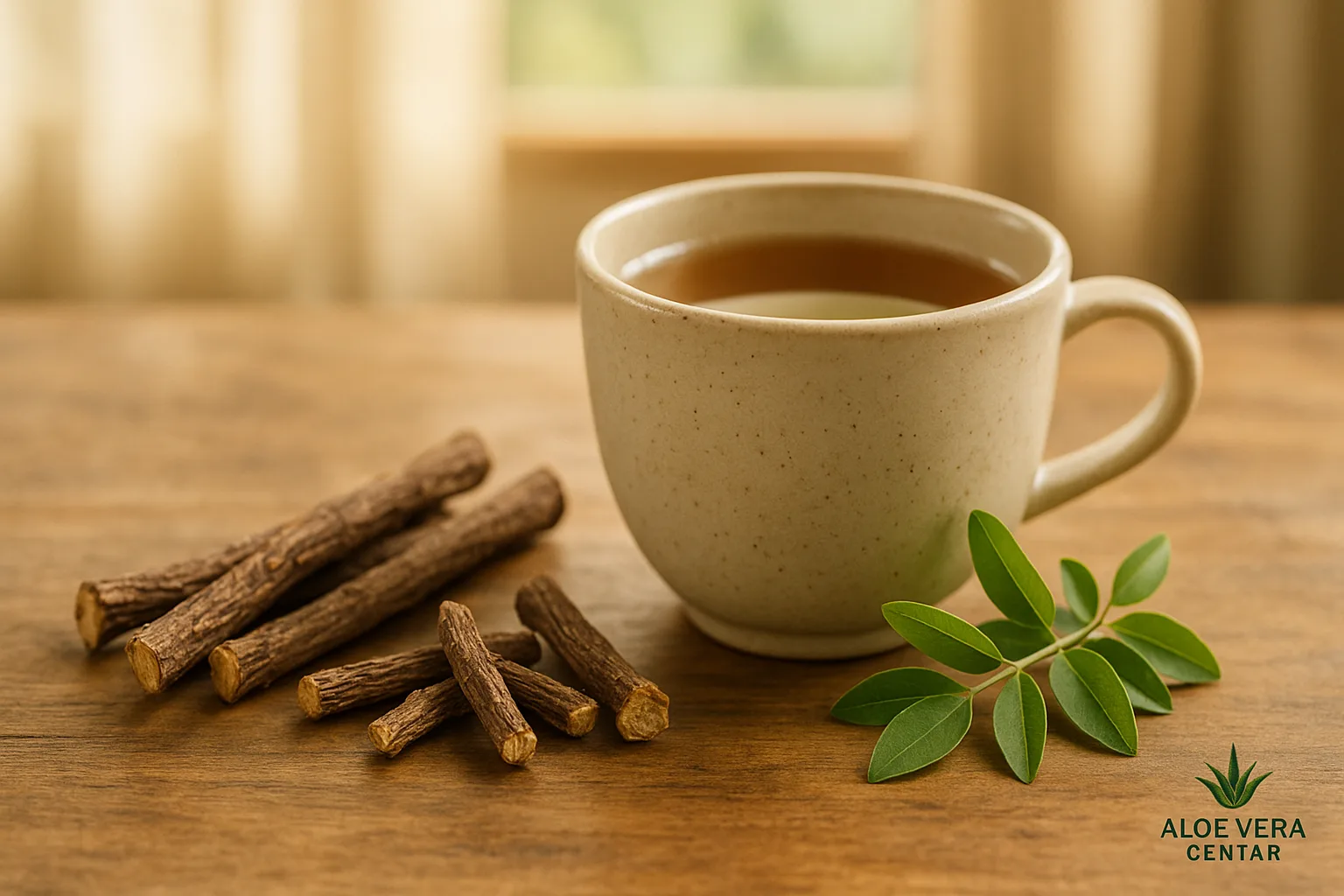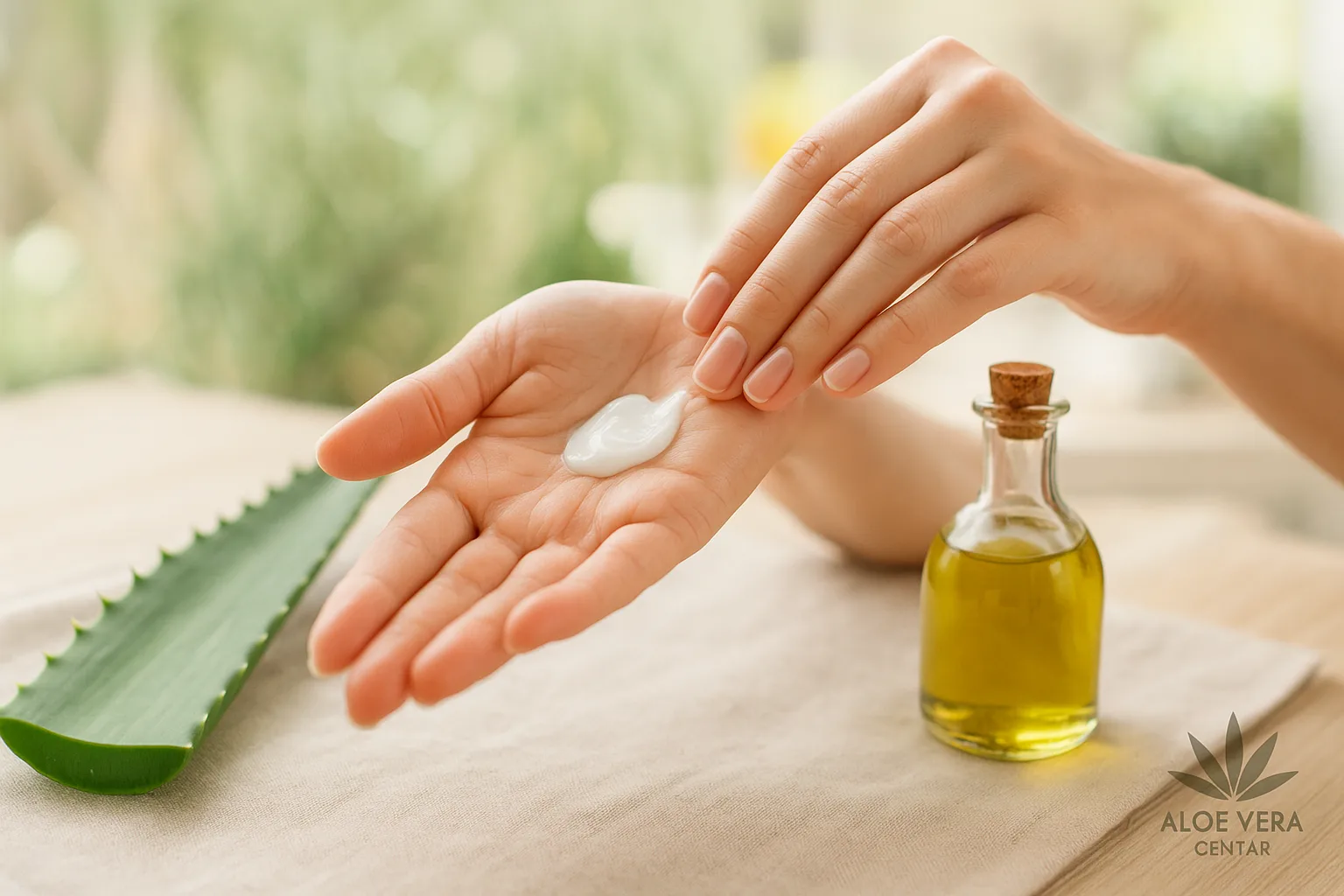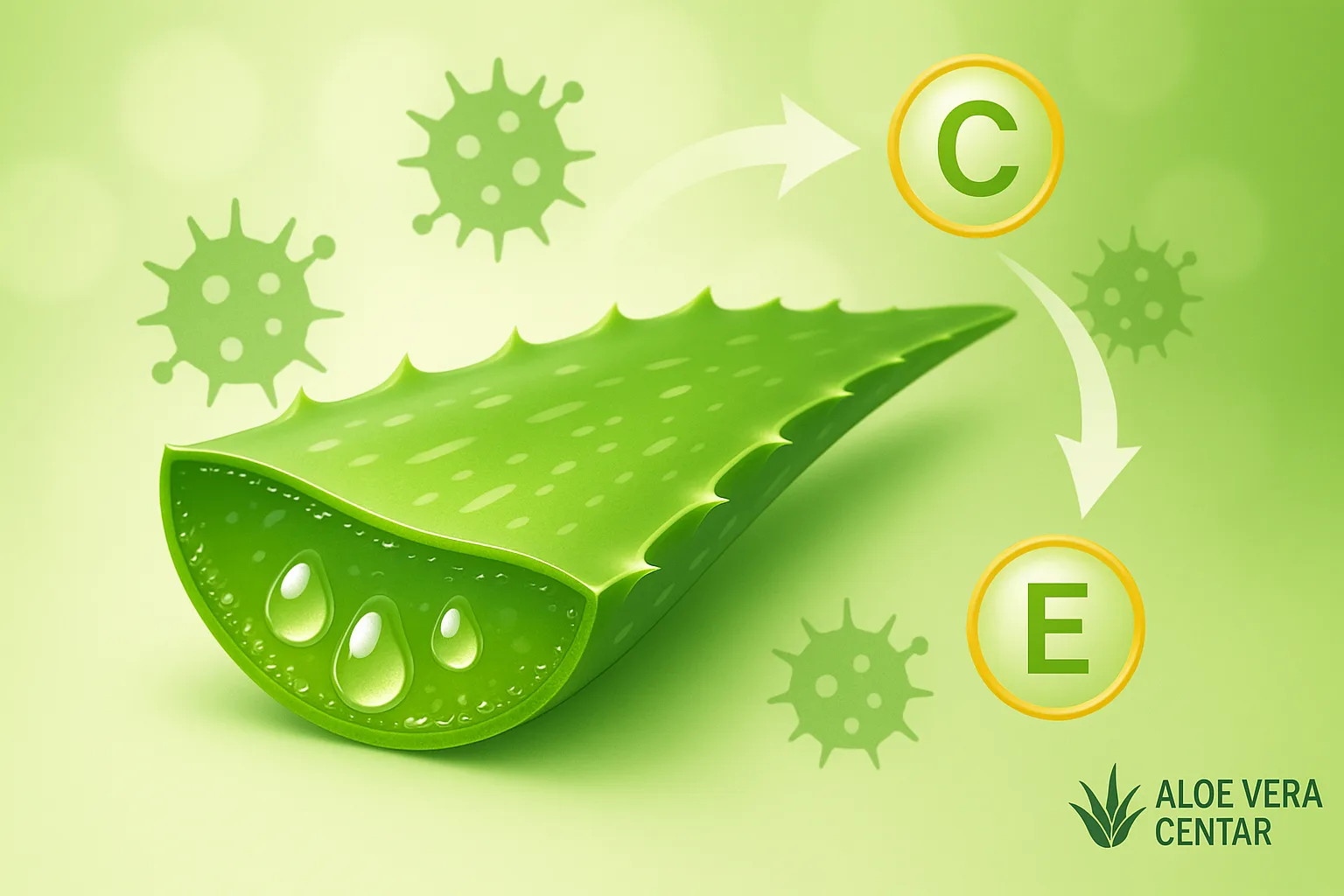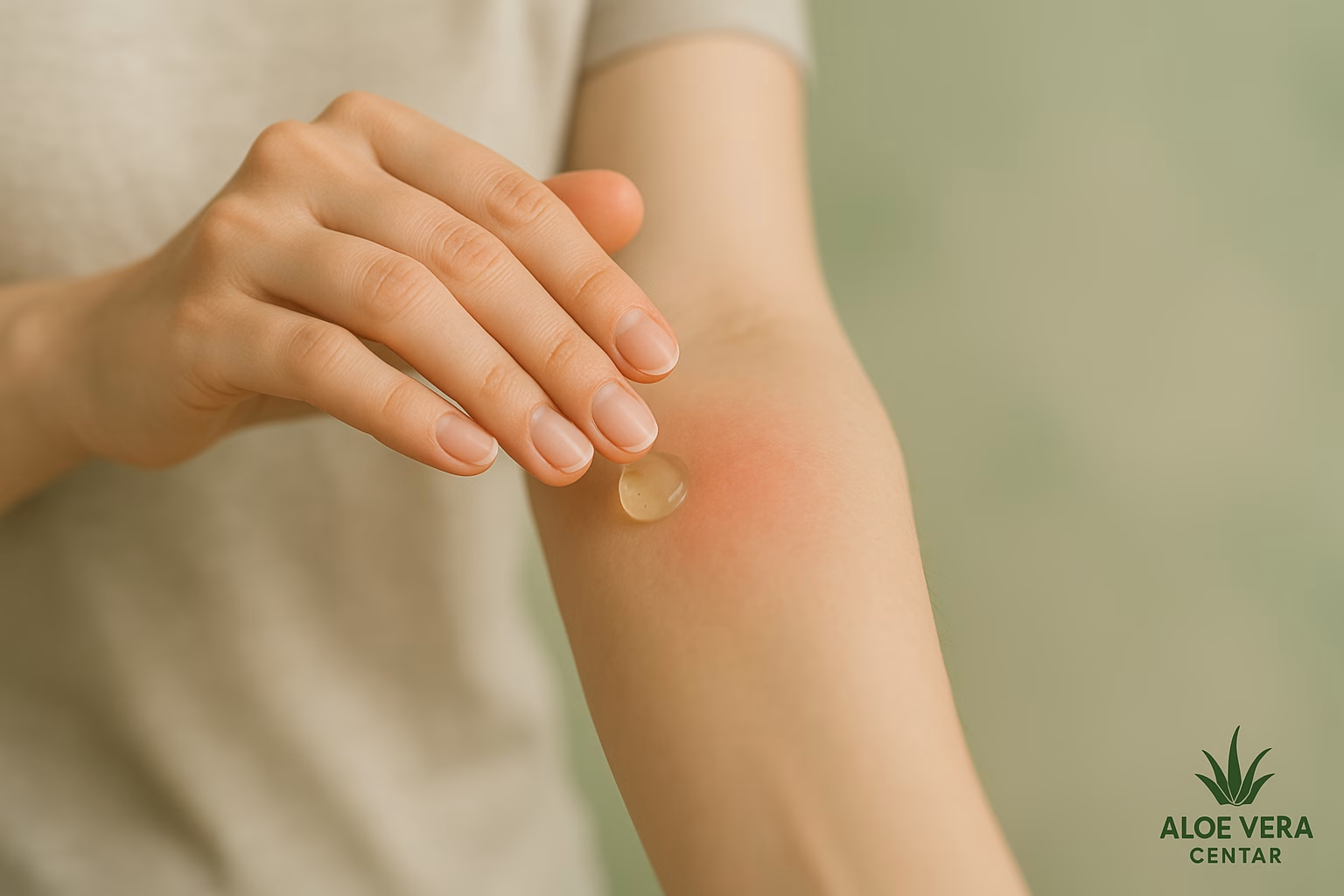
Atopic Dermatitis: how Aloe, Diet, and Routine Reduce Itching
Atopic Dermatitis: a Natural Strategy for Calming Skin with Aloe Vera and a Smart Routine
Atopic dermatitis affects more than 15% of adults in Europe, and symptoms often return just when you think they’re under control. Itching, redness, and tightness can exhaust both body and mind. But what if I told you that you could take steps today to bring relief? Ahead is a comprehensive guide—from the biochemistry of aloe vera to practical recipes and tips you can easily incorporate into your daily life.
What’s Happening beneath the Skin – the Anatomy of Chronic Itching
Atopic dermatitis (AD) is a chronic inflammatory disease where genetic predispositions meet modern stressful lifestyles. Here’s the thing: filaggrin mutation reduces the natural skin barrier, resulting in moisture loss and increased sensitivity to allergens. When the outer layer gives way, immune cells (Th2 lymphocytes) take charge and stimulate inflammatory cytokines—this is where redness and itching occur.
Why Aloe Vera? A Scientific Look at the Green Queen
Aloe barbadensis Miller contains over 200 active compounds. The most researched among them is the polysaccharide acemannan, whose protective film “locks” in moisture and reduces transepidermal water loss. According to a study published on PubMed, topical aloe vera gel reduced the severity index of AD by 35% within six weeks. Even more impressive: participants reported 50% less nighttime itching.
Want to understand more deeply how aloe works? Check out our article on sensitive skin and aloe vera where we analyze molecular mechanisms in detail.
Atopic Dermatitis Daily Care Routine: Step-By-Step Guide
1. Gentle Sulfate-Free Cleansing
Instead of traditional soaps, choose syndet gels with a pH value of 5.5. This protects the already weakened skin barrier from further drying.
2. Hydration within Three Minutes
After showering, gently pat your skin with a towel and immediately apply a cream rich in lipids. You might wonder why? Within three minutes, pores are still open, allowing active ingredients to penetrate deeper.
3. Aloe + Propolis = Quick SOS
When itching becomes unbearable, reach for Aloe Propolis Creme. The combination of aloe vera and bee propolis creates an antimicrobial barrier and reduces redness within minutes.
4. Local Spray in the Fridge
Keep a bottle of chilled aloe spray in the fridge and spray affected areas during the day. The cold soothes nerve endings, and the gel immediately hydrates. Find a detailed overview of all benefits in the text about Aloe First spray.
5. Mandatory Photoprotection
UV rays dry out the skin and worsen irritation, so choose mineral creams with zinc or titanium. Be especially careful in winter—the reflection from snow can be stronger than summer sun.
Nutrition and Supplements – Nourish your Skin from Within
A stronger skin barrier starts on the plate. Omega 3 fatty acids have been proven to reduce inflammatory cytokines. Read more about this in our guide on omega 3 benefits. Also, check your vitamin D status as a 2024 study in the journal Nutrients shows that D3 vitamin supplementation reduces AD severity by 20%.
- Include fatty fish three times a week (sardines, mackerel).
- Choose walnuts and flax seeds for a plant source of ALA fatty acids.
- Fermented kefir enriches the microbiome and reduces inflammation.
Need a personalized menu? In just two minutes use our AI advisor to analyze your habits and suggest optimal foods.
Stress and Skin: a Vicious Cycle You Can Break
When you’re stressed, cortisol stimulates histamine secretion, worsening itching. But that’s not all… Cortisol lowers ceramide production, causing skin to lose water faster than the Sahara desert. Breathing techniques and mindfulness help—explore tips in the article Stress at work and try 4-7-8 breathing exercises before bed.
DIY Aloe Vera Recipes – Natural First Aid
- Oat and aloe poultice: Mix 2 tablespoons of fine oats with 1 tablespoon of fresh aloe gel and a teaspoon of honey. Apply for 15 minutes and rinse.
- Moisturizing serum: 50 ml of pure aloe gel + 5 drops of evening primrose oil. Retains moisture and reduces redness.
- Itch spray: Distilled water and aloe gel in a 2:1 ratio, add 2 drops of lavender essential oil.
More creative ideas await you in the article Aloe vera in the household.
AD in Children and Adults – Key Differences
In children, the skin is thinner, so it loses water faster, and itching can disrupt sleep and development. Adults often develop secondary infections due to scratching. Antiseptic creams help here, but also changing habits—short nails, cotton gloves for sleeping, and regular hydration.
Atopic Dermatitis, Small Steps, Big Results
- Temperature control: Avoid overheated rooms and drying laundry in the bedroom.
- Choose cotton: Synthetic materials retain heat and sweat, promoting itching.
- Water filter: Hard water removes natural lipids. Invest in a shower filter with activated charcoal.
Integrate Forever Solutions without Stress
Not sure how to incorporate supplements into your routine? The Forever Fiber program can improve gut function, and healthy guts mean calmer skin. If you’re aiming for better circulation, Forever Argi+ boosts nitric oxide levels and helps deliver nutrients to the skin. One product, one click, never repeated.
Frequently asked questions
1. Can I Use Aloe Gel Daily if I Have Sensitive Skin?
Yes, fresh gel or products with certified aloe vera are suitable for daily use. Perform a patch test if you’re highly reactive.
2. How Often should I Moisturize My Skin During Flare-Ups?
Dermatologists recommend applying moisturizer every 2-3 hours or as soon as you feel tightness.
3. Is Sun Exposure Beneficial for Atopic Dermatitis?
Short morning sun (up to 10 minutes) can help, but avoid peak UV times and always apply sunscreen.
4. Will Changing My Diet Alone Solve the Problem?
Diet is crucial, but the best results come from a combination of care, supplements, and stress management.
Conclusion – your Next Step towards Calm Skin
Symptoms of atopic dermatitis may follow you for years, but they don’t have to define your life. With the power of aloe vera, smart nutrition, and stress control, you can significantly reduce redness and itching. For additional help get 15% off on selected products and start your journey to healthier skin today.
Note: The information in this article is for educational purposes and does not replace medical advice. For personalized treatment, consult a dermatologist.
Additional Tips for Soothing Atopic Dermatitis
The importance of a proper morning routine enriched with aloe vera is especially evident for those suffering from atopic dermatitis. Starting the day with soothing rituals not only alleviates stress but directly contributes to strengthening the skin’s protective barrier.
If atopic dermatitis is an issue for the youngest, special attention should be paid to gentle yet effective care. Read detailed guidelines in our article on atopic dermatitis in children, which provides concrete advice for parents.
Finally, to better manage symptoms, it’s crucial to build and maintain a consistent daily practice. Check out our recommendations on how to build a healthy morning routine, which will reduce stress levels, increase energy, and help your skin recover daily.

